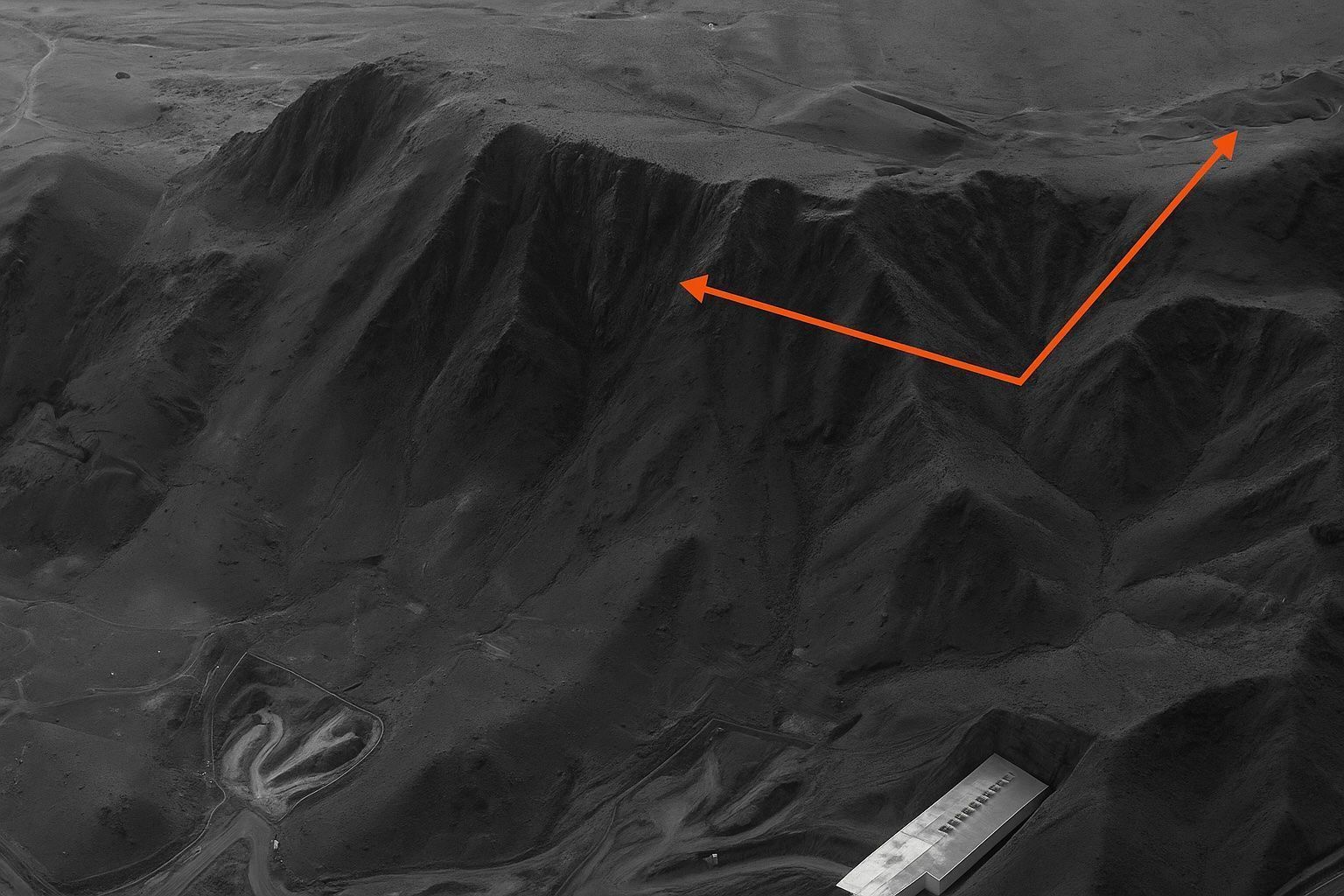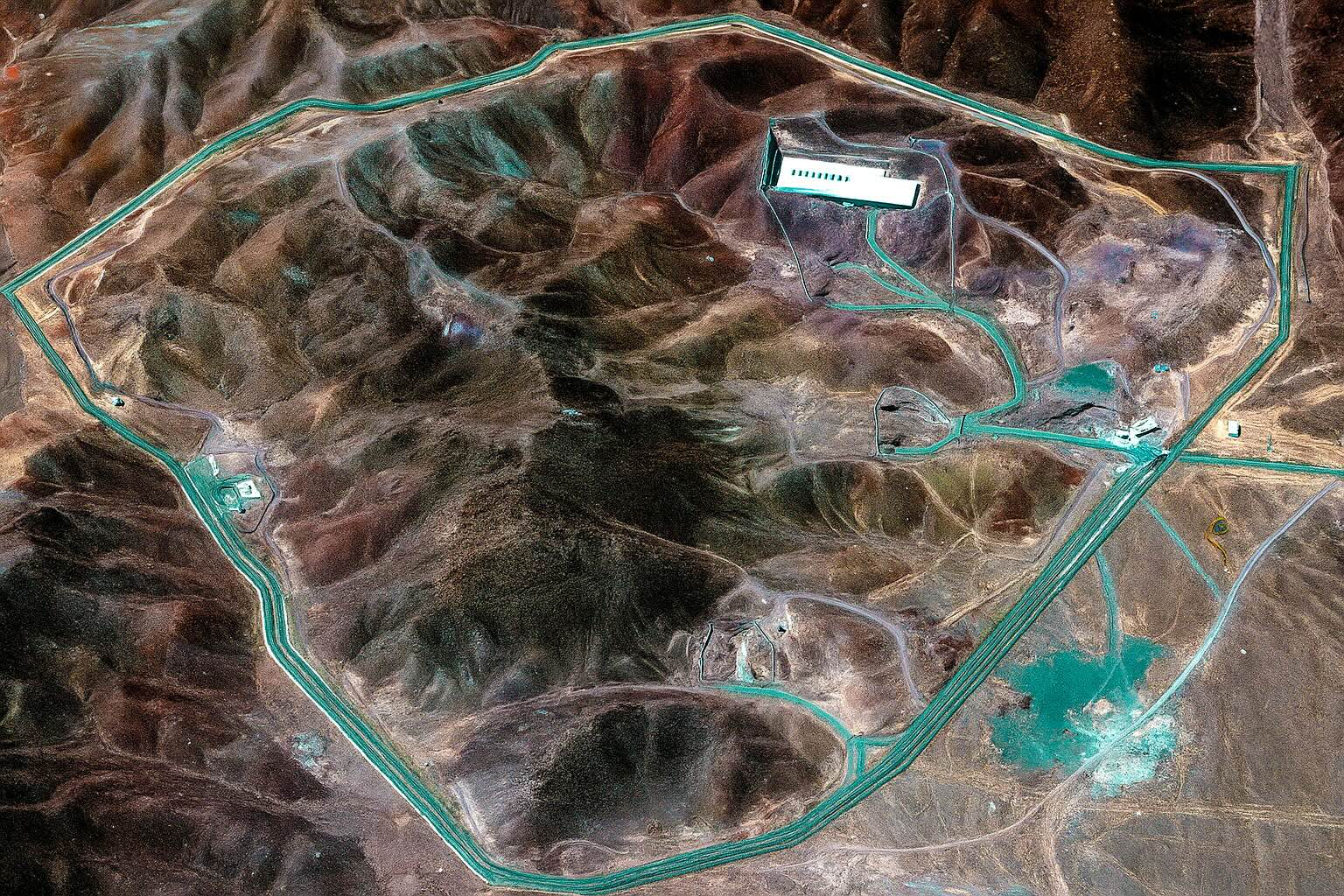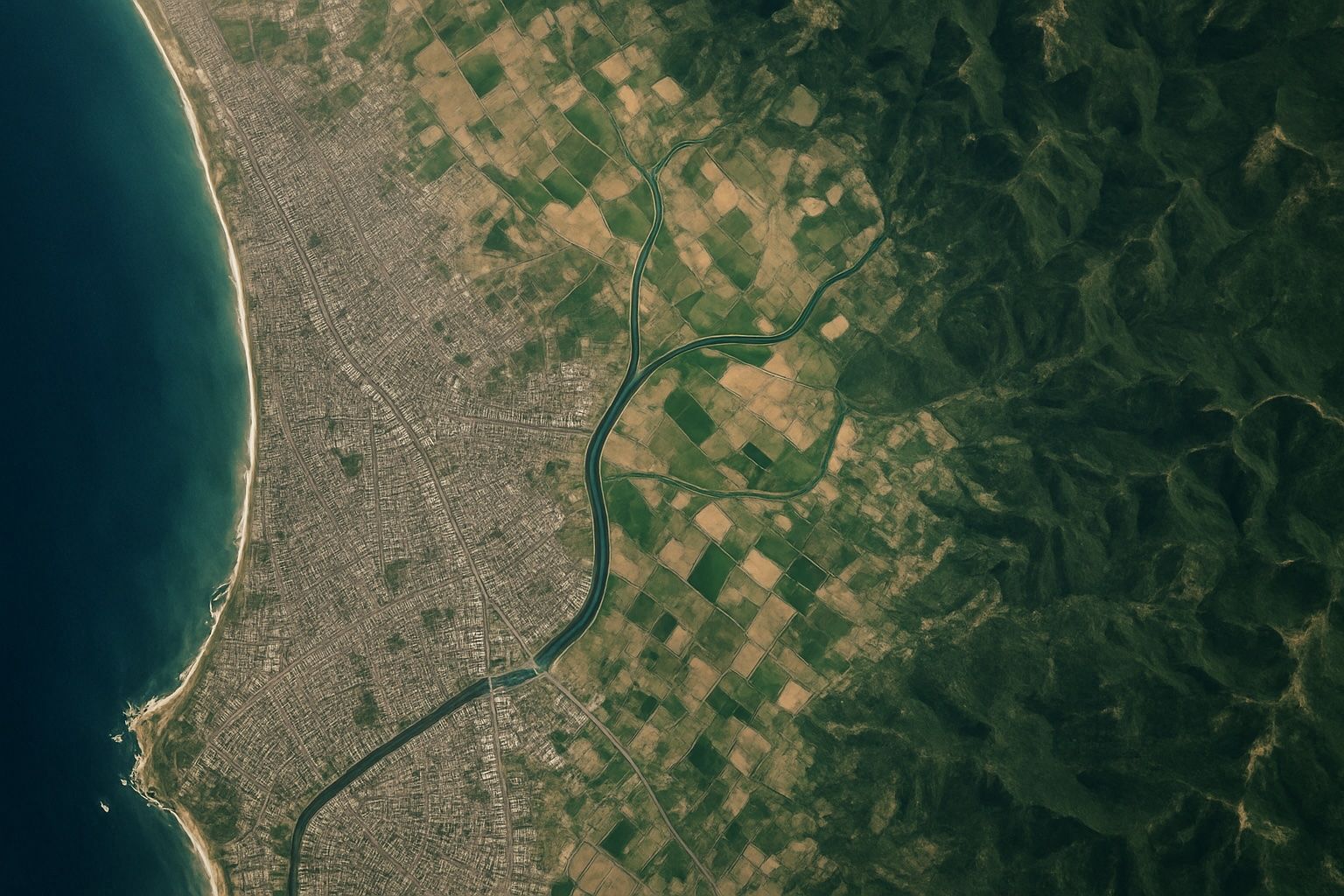
Fordow Exposed: Jaw‑Dropping Satellite Images Reveal the Mountain‑Shaking U.S. Strike on Iran’s Deepest Nuclear Stronghold
Fordow sits 80–100 m inside a mountain 30 km north of Qom and houses about 3,000 centrifuges, later upgraded with IR-6 machines capable of 60% enrichment. In 2023, IAEA inspectors detected particles enriched to 83.7% at Fordow, signaling near-weapons-grade material.






